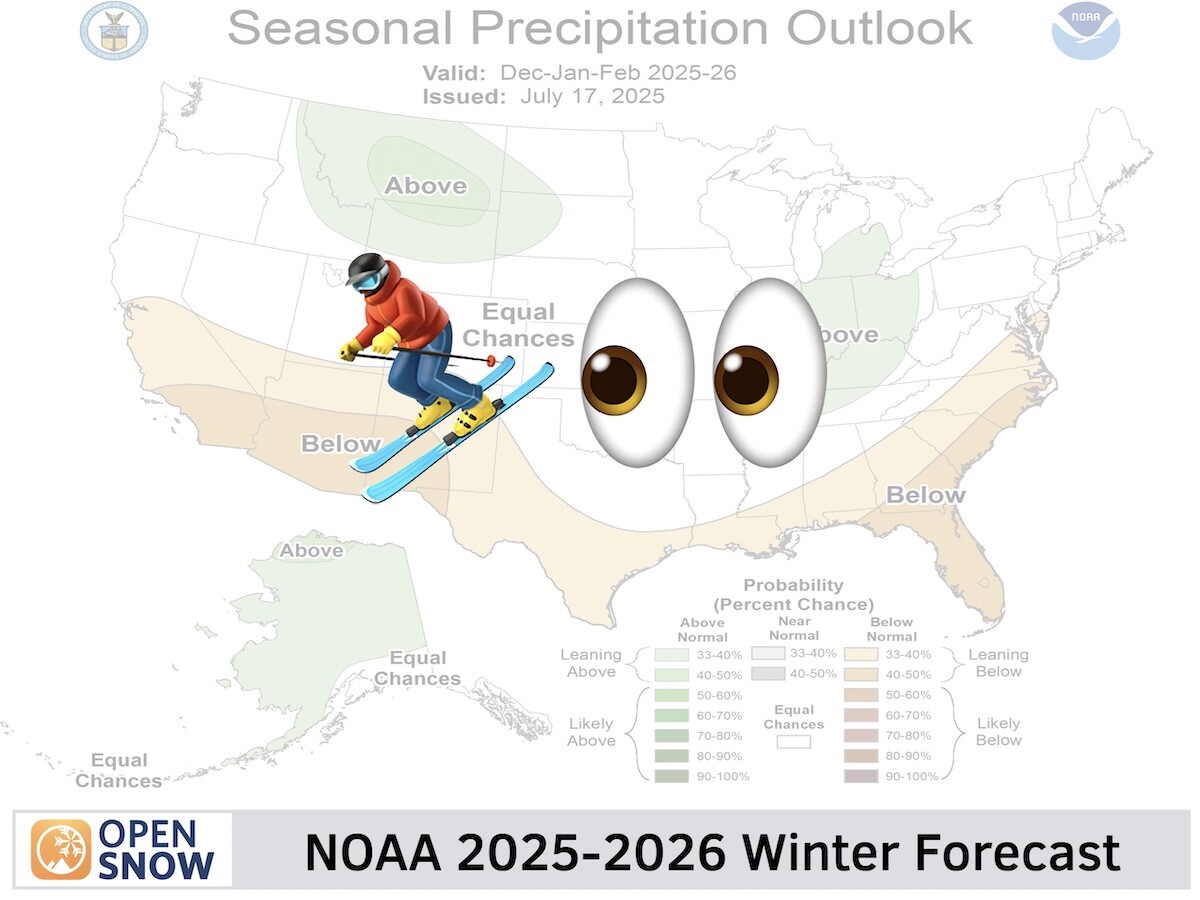Western US Daily Snow

By Alan Smith, Meteorologist Posted 1 year ago June 3, 2024
Heavy Rain Spreads East into Idaho and the Northern Rockies
Summary
A powerful storm system that hit the Pacific Northwest on Sunday will move inland on Monday with widespread significant rain developing across Idaho and the Northern Rockies. Lingering showers on Tuesday will give way to much hotter temps throughout the West late this week. The heat will continue into the weekend but thunderstorm chances will also increase across the Intermountain West.
Short Term Forecast
Big Picture Weather Pattern:
An impressive late season atmospheric river event is impacting the Northwest early this week. The West Coast and Cascades received heavy rain on Sunday and Sunday night, and while these areas will continue to see more showers early this week, the focus of moisture is shifting inland.
Central and Northern Idaho along with Northwest Montana will see the heaviest rain on Monday with isolated flooding possible due in part to snowmelt, while areas further south and east including the Tetons and Yellowstone will see widespread rain as well.

While northern areas are wet and cool early this week, the Southwest will really begin to warm up as the week progresses with the first major heatwave of the summer on the way. Above-average temperatures will also spread northward into the remainder of the West by later in the week.
5-Day Precipitation Forecast:
Most of the rainfall accumulations below will occur on Monday and Tuesday before a significant drying trend occurs mid-week. Isolated thunderstorm chances will enter the picture for some areas toward the end of the week, however.

Forecast for Mon (Jun 3) to Tue (Jun 4):
Rain will be widespread across the Northern Rockies and Northwest on Monday, then we will see follow-up showers in the cooler sector of the storm on Tuesday. The southern extent of the moisture will reach the Northern Sierra in California, Wasatch Range in Utah, and northern ranges of Colorado.

Let's take a closer look at the Northern Rockies and Interior Northwest where some of the heavier rainfall totals are expected. The central ranges of Idaho and to a lesser extent Northern Idaho and Montana will see an elevated threat of flooding due the combination of heavy rain and melting snowpack.

We are projecting 1.25 inches of rain in McCall, Idaho (left image) between 9 a.m. and midnight on Monday and 0.65 inches of rain in West Glacier, Montana (right image). Higher elevation terrain above these towns will see even heavier rainfall totals. Snow levels (i.e. the rain/snow line) look to stay high for most of this event.

Forecast for Wed (Jun 5) to Thu (Jun 6):
A major pattern change will begin mid-week as a strong ridge of high pressure builds over the Western U.S. This will result in a much hotter and drier pattern, as even parts of the Northwest that were cool early in the week will see well-above-average temperatures by Thursday. Lower elevations in the Southwest and California will see excessive heat.
Rainfall will be very limited during this stretch, though we will see just enough moisture and instability for at least a chance of isolated thunderstorms across the Sierra, Great Basin, and Southern Rockies.

Forecast for Fri (Jun 7) to Sat (Jun 8):
Temperatures will remain well above average heading into the weekend, but shortwaves tracking from the Pacific into the Interior West will interact with moisture in place to result in isolated to scattered thunderstorms.

Extended Forecast
Outlook for Sun (Jun 9) to Thu (Jun 13):
A ridge of high pressure will remain in place over the West next week, though it may weaken somewhat. Above-average temperatures will continue, but we will see enough moisture and instability in place for afternoon thunderstorms to become a regular occurrence over elevated terrain, especially along and east of the Continental Divide.

Thanks so much for reading! Next update on Wednesday (June 5).
Alan Smith
Announcements
NEW: Current Global Radar
Track storms worldwide with our new "Current Global Radar" map overlay.
- Tap the "Maps" tab.
- Tap the overlay button.
- Tap "Current Global Radar".
- Scrub the bottom slider.
The radar data is updated every 10 minutes to help you track ongoing precipitation for the past 2 hours.

Make sure you're updated to the latest version of the OpenSnow app (App Store / Google Play > OpenSnow > Update) or visit the OpenSnow website (OpenSnow.com).
View → Current Global Radar
About Our Forecaster




